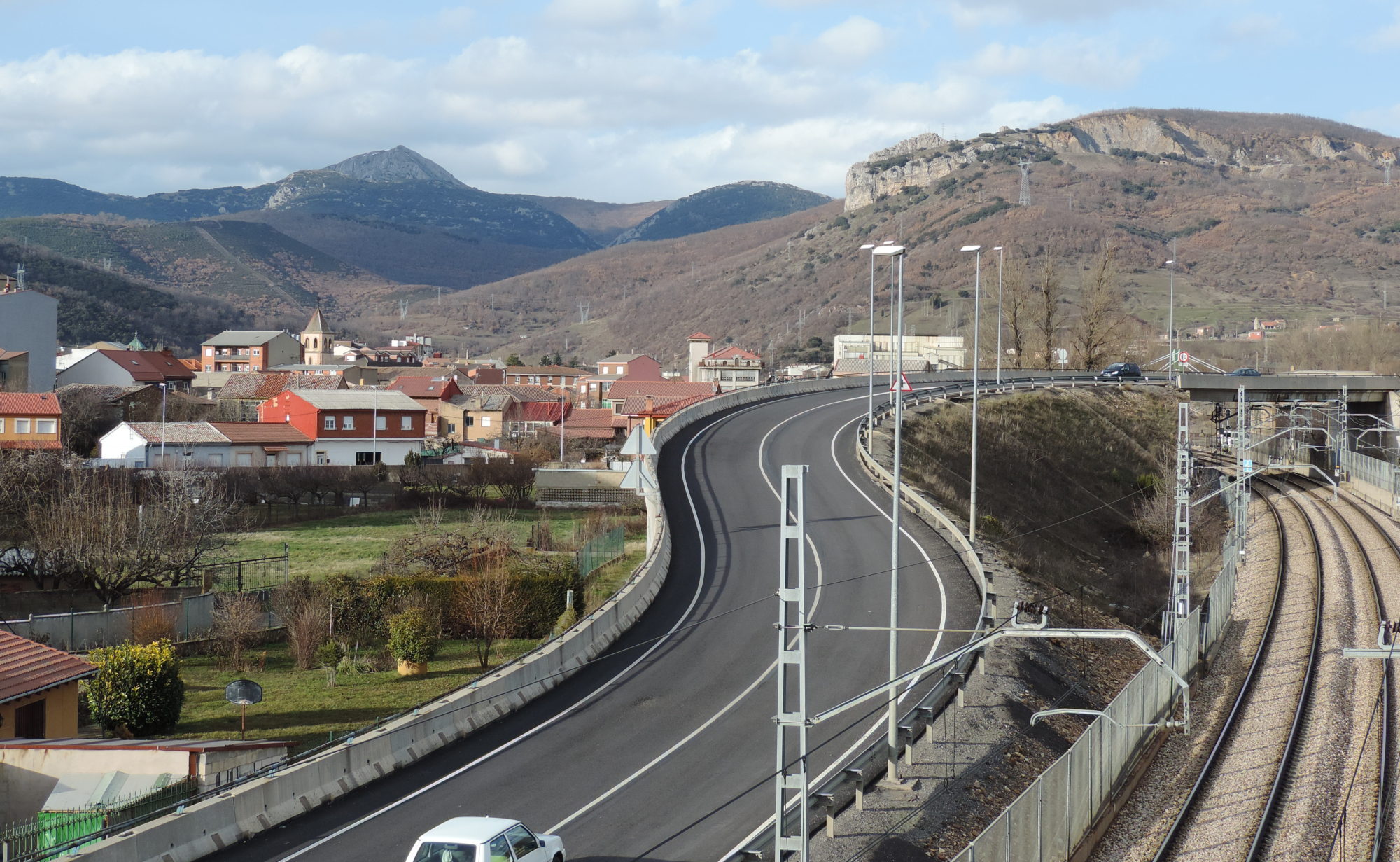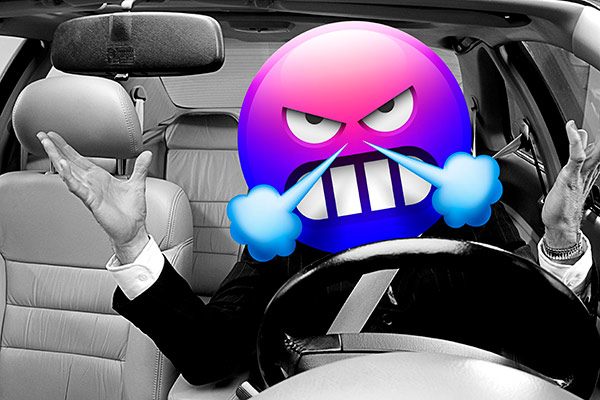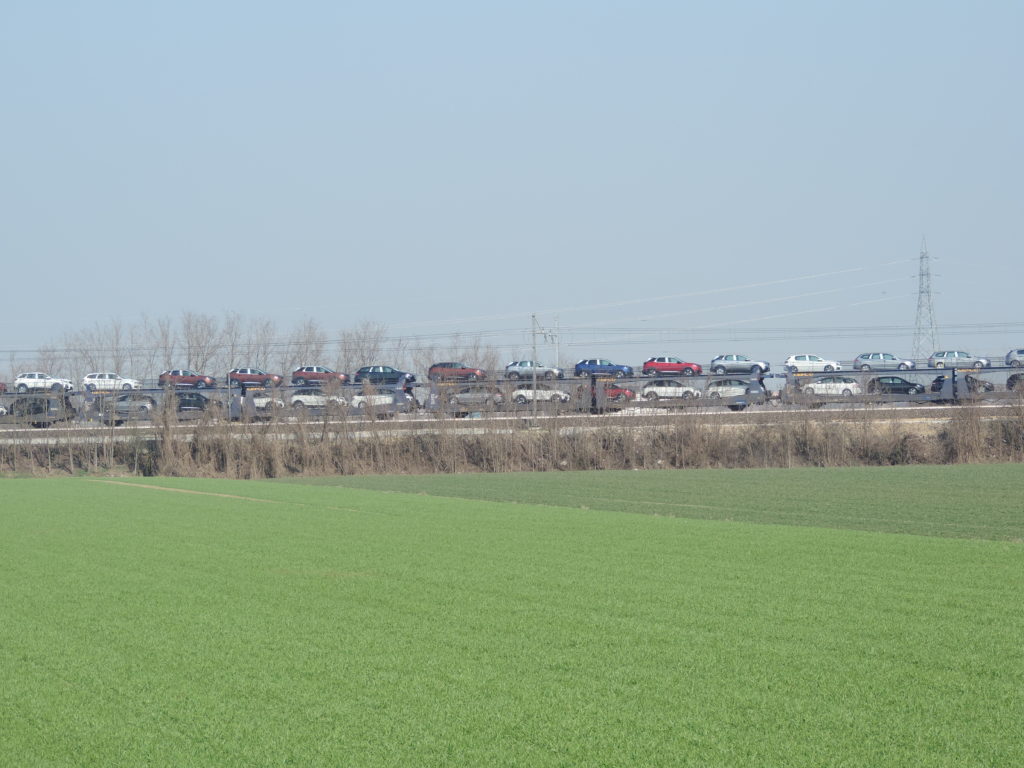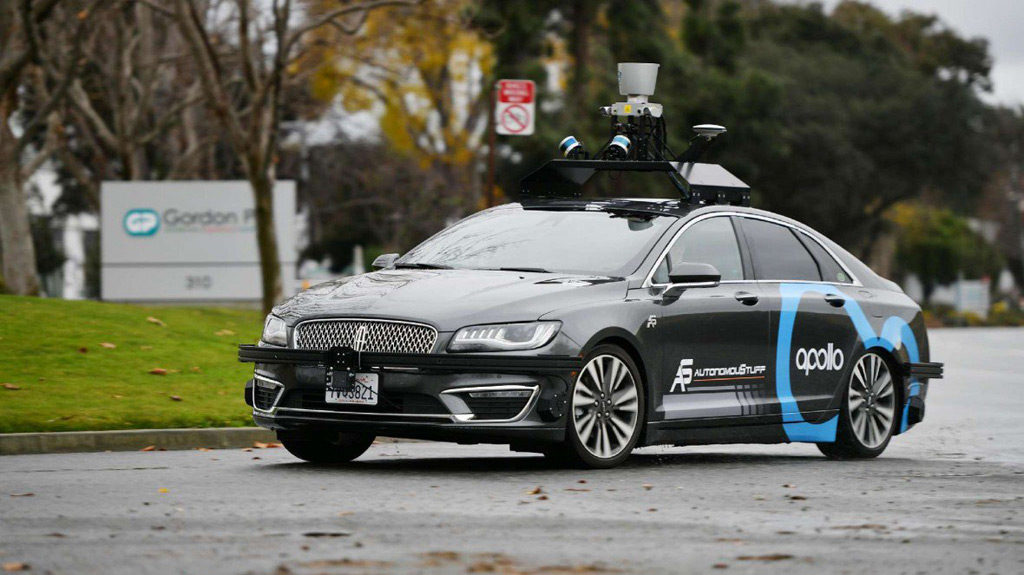Happy Canada Day!
First of all, Happy Canada Day! I write this article as fireworks rise and explode over the local park while I enjoy them from my bedroom window.

It does not matter if you are Canadian or not, or if you are in Canada or not, or taking a journey in Canada or not. I am a Canadian living in Canada, so for me July 1st is Canada Day, and I wish you a happy one whether you care or not!
With that out of the way, I warn you not to be fooled. Despite the title of this post I am not trying to explain why people go out and drive cars. If you have even driven a car, or have ever travelled by car, it might be somewhat obvious. Well, besides people who are showing off their Lambourghinis or other expensive cars!
People. Drive. Cars.
I want to explain why I used the phrase “People Drive Cars” as my site’s name. In my previous post I explained how I came up with the phrase, but why exactly did I use it? Well, for starters, it is simple and easy to remember. People. Drive. Cars. Not only are they three common words, but they make sense together.
On a more selfish note, the phrase has not been used for a website before. In fact, typing “peopledrivecars” into Google brings up my website first, though sadly, it does not appear when typing “people drive cars” – at least, not yet.
So the phrase is simple and unique, surely a good way to brand something one might want to sell. However, I used the phrase because of its connotations with people going on journeys. I may not be the most travelled person, nor have I been to the most places, but I am fond of journeys.
What is a Journey?
By journeys, I do not exclusively mean vacations. Of course, many vacations ARE journeys (those that are not are usually referred to as “stay-cations”), and not just because of the obvious travelling aspect. They require planning and some forethought as to where one wants to go and what one wants to do.
So a journey involves a person or people travelling to a particular destination for a particular reason, or set of reasons. Sometimes we may not know our destination or our reasons for undertaking such a journey. Many people reference the journey of life, how life is like a journey, though besides the destination for our bodies being six feet under, no one really knows where we will end up. The same is true for the reasons for our life’s journey. Some say we make one for ourselves, while others say that there is a reason preordained by a higher power (maybe God, maybe the government).
Historically, the word journey came from the French journée, meaning day, which came from the Latin diurnum meaning a daily portion. So the word journey basically means “a day’s travel” and also means “a day’s work” in reference to it’s use in words such as journeyman (a skilled worker who has completed an apprenticeship).
I like this meaning because a journey is a day-by-day account of where we have gone and what we have done. Our long vacations and trips can be described day-by-day. Our lives (if one was willing to listen to the whole story) could be told day-by-day. I think back in my own life to all the trips I went on and places I have travelled to, and see them all as journeys, done day-by-day.
My Journeys
Since I was a child, my family would go to a far-off destination each year, mostly by car. These road trips were taken in a minivan, with my parents in the front seats, myself and my sister in the middle, and my brother in the back. I was in the middle because I was the eldest child. I was responsible for passing food and drinks from the cooler to whoever wanted food or drink. My brother was in the back so he could sleep through the ride. This was a good thing, since he had a sensitive stomach when he was younger and long car rides made him queasy. My sister sat beside me since there was nowhere else for her to sit. My brother would not let her take up his sleeping space.

Family Vacations
I am certain that before I was 18 my family had gone to every interesting place that was an 8 hour road trip away from Toronto. Montreal, Ottawa, Boston, New York City, and Chicago were obvious targets. Niagara Falls, Algonquin Park, Sauble Beach, Muskoka, Sandbanks Park, and the Thousand Islands were other visited attractions.
As my siblings and I grew older we travelled further afield. We went to Baltimore and Washington D.C. by car one summer. After that the next few trips were by plane. For the turn of the century we returned to the Philippines, the land of my birth, many years since we had left it. We went to Disney World (as any kid should) and Universal Studios as well. Another trip to the Philippines was made the year after, though after that there were no more family trips since I was about to enter university and money would have to come from somewhere to pay for that.
Travelling Sans Family
However, just because the family trips stopped did not mean that mine did. In fact, starting in my second year of university I went to Ottawa, Calgary, and Montreal in the dead of winter, learning about the cold, chinooks, frozen rivers, mountains, and drunken all-night parties. I was with fairly trustworthy people in a fairly trustworthy organization, so my parents mostly approved.
My journeys did not stop after university; in fact, they were further afield. A couple of years after university I went to Japan for martial arts, the first of many trips for that reason. In fact, the year after I went back again with a few of my friends, but this time for fun. This was also about the time when I started taking my own photos of the places I had seen.

The Whole Gang Again
About this time my youngest sibling finished university, so it was time for family vacations again. There was quite a bit of sightseeing to do on the West Coast of Canada and the United States, so we went to Vancouver, Seattle, San Francisco, Las Vegas, Los Angeles, and San Diego (not all in one trip of course). And just because these places were far from home did not mean we did not drive. Using rental cars we saw Vancouver Island, the Mojave Desert, Yosemite Park, and the Grand Canyon.
I also did a couple of vacations with my brother, and those were quite fun. In two tours of two weeks each (not in the same year) we completely finished seeing Croatia and Ireland, with little snippets of Italy, Bosnia, and Northern Ireland as well.
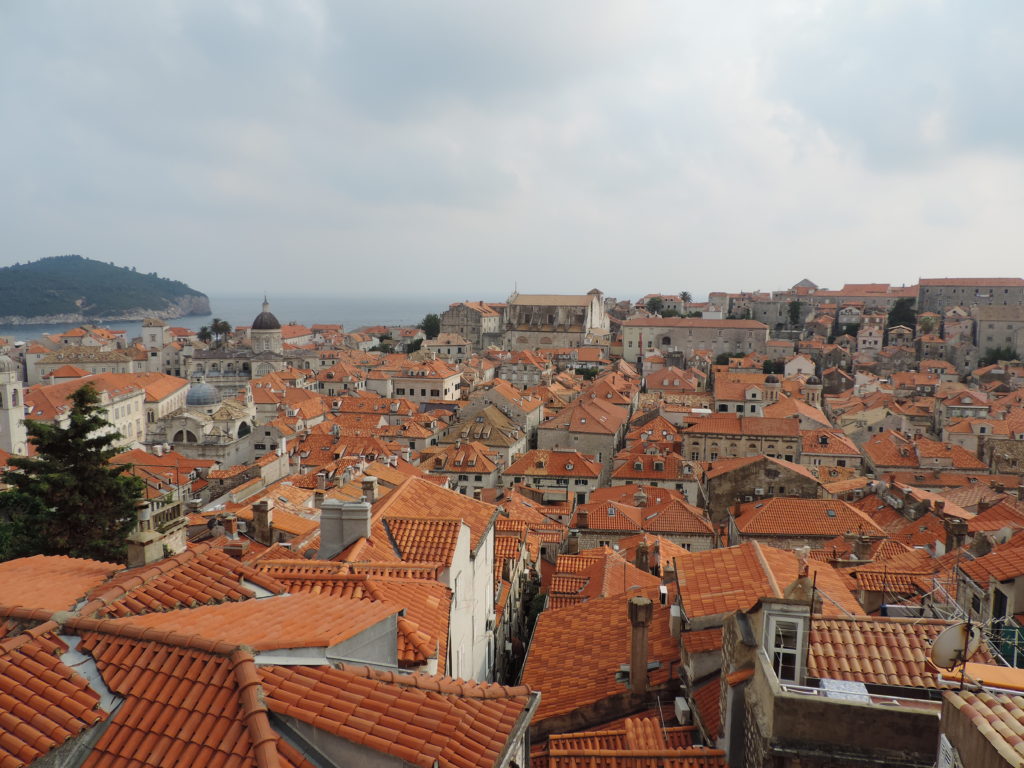
And remember when I said that I went on trips because of martial arts and that one was only my first? Well, I went to a few other places for the same reason, including Japan (again), Chile, Peru, and Maine. Of course I went to Machu Picchu, and I also took a detour to Easter Island.
Just Me This Time
If you are still with me, you must think that I like to boast about my travels. This is hardly boasting. This has just been a list. You see, I did not mention my two most memorable trips. They are worthy to be called journeys. They are the ones people hear about with shock and awe and bewilderment. People call me crazy or weird or insane for having gone alone in the first place. However, it was not where I went but what I did that made them the journeys that they are.
In the winters of 2014 and 2019 I made pilgrimages in Spain and in Italy, respectively. In Spain I walked from the city of León, through the Cantabrian Mountains, to Oviedo. Then my real journey began, walking along the hills of northern Spain to the cathedral of Santiago de Compostela where the remains of St. James were buried. In Italy I walked from the town of Piacenza, outside of Milan, southward across the Apennine Mountains and the hills of Tuscany to the Eternal City – Rome. Both of these were journeys of more than 500km and took three weeks to complete.

And My Point Is…
Both of these journeys had many days’ worth of stories to tell. They were the primary motivators for my starting a blog about journeys in general. The ordeals that I went through each day are stories in their own right, and someday I may set my affairs in order to document them. When I thought about those journeys I realized that many other walks in my life had been journeys as well. The 15 minute walk from my home to the local library? Yup, it was a journey (for a nine year old me). A walk in the park? Yes, also a journey (I found two new pets that day). What made them special journeys? I will tell you why, little by little, when I tell these stories.
So my point (and the point of this whole blog) is that we are all living our own lives, and going on our own journeys. We may think that they do not mean much, but when examined closely, could tell us much about ourselves and about the world around us. I will try to tell my story through my stories, hopefully sooner rather than later. I will also try to post some of my pictures online, for they sometimes tell stories better than words can.
Until the next post, take care.
